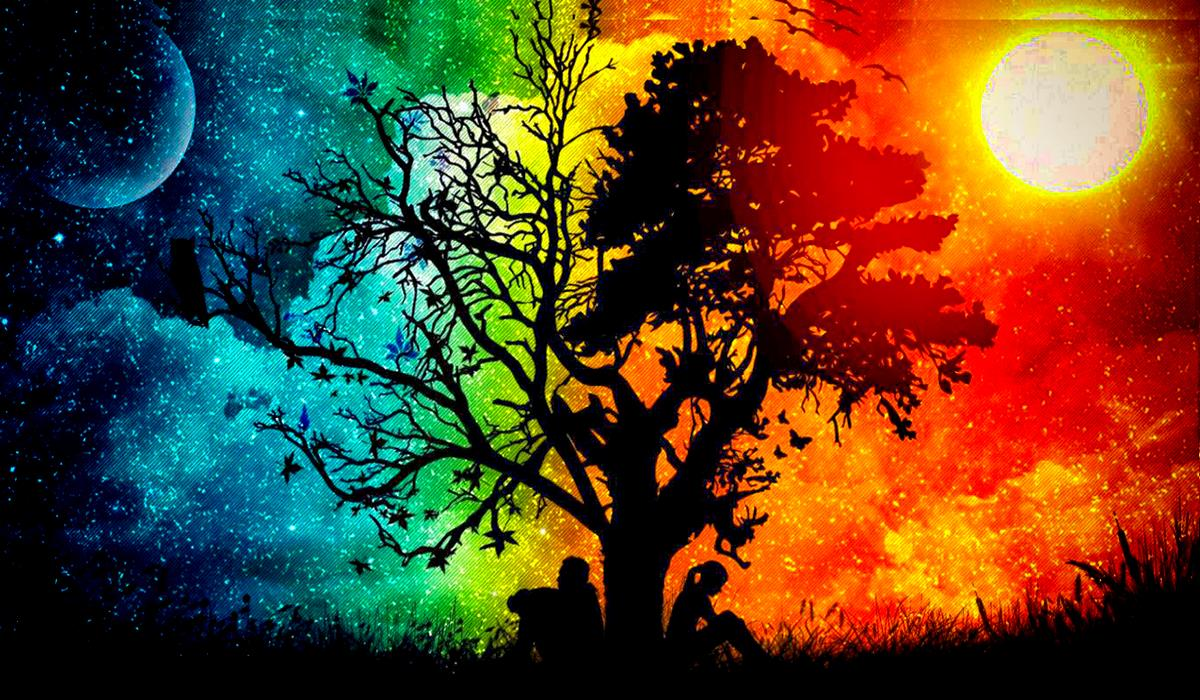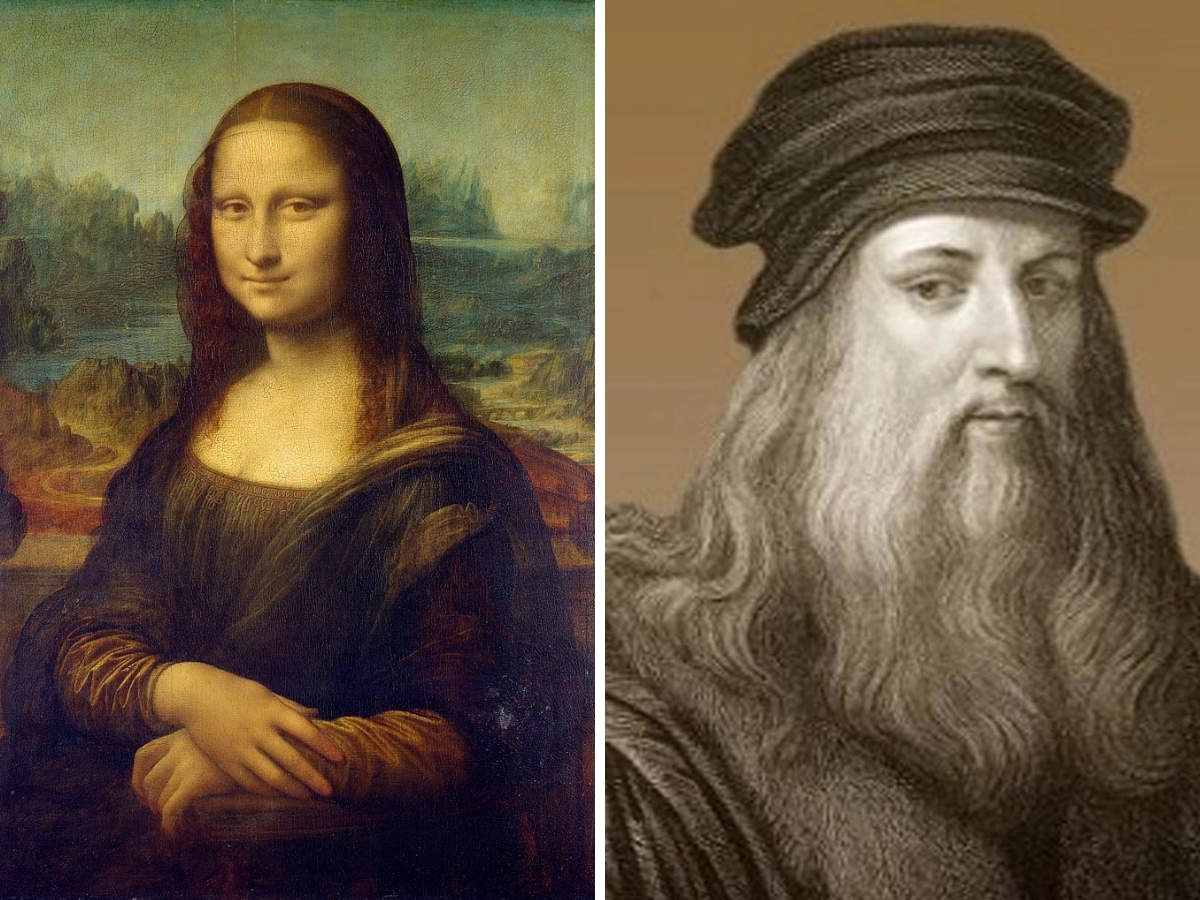Brazilian Music

A country that swings to its own beats and tries to live every passing moment to its fullest.
Brazil is a country that has music in its air. It is a country with its ethnicity inspired and influenced by the Native American, African and Western societies.
Brazil has seen its own fair share of tyranny, racism, and social misery but has still never lost hope. They emerged as a nation that is described by many as one with positive vibes. There are various types of musical genres all around the world. Latin America preferred popular music style and dance music from musicians, African rhythm with instrumental music, basically African music with musical instruments. There are famous artists for American Jazz with percussion instruments. The pop genre is basically the music of Brazil as well as the African people, in Brazilian culture. They even call it samba reggae, with samba beat as their word music. They also have funk carioca. In the history of Brazilian music, the most famous musicians and famous artists are of African origin. There is Brazilian popular music for religious rituals as well as events like a carnival. A lot of Portuguese explorers became Portuguese colonists for the indigenous people, like the African slaves, and came among them is a budding star named Carmen Miranda, a Portuguese-born Brazilian samba singer, dancer, Broadway actress, and film star who was active from the 1930s onwards.
Brazilian music history

Brazil has a very rich and dense heritage that is lined with colors, customs, languages, music, religion, and traditions. People from various communities have settled over the centuries in Brazil and with their presence, the music has continuously changed its forms as time passed. During the 16th century, it also got a tint of European identity to its music. If one was to look at Brazilian music now they are sure to find an intricate woven web made with the string of traditional folk music with an added shimmer of modern experimentalism and everything in between.
Instruments in Brazilian music

Skekere: Invented in West Africa, made of beads woven net wrapped around a dried gourd, played by shaking or hand hitting.
Repinique: Two-headed drum with a sound similar to that of a marching band.
Ganza: A shaker instrument of either plastic, hand-woven basket materials, or metal, and filled with pebbles, beads, or something small circular shaped.
Alfaia: Animal skinned wooden drum with loose ropes all around it. The shell of this drum is made of Macaiba wood.
Cuica: Quincy Jones’s song ‘Soul Bossa Nova’ famed these friction drums as ‘the monkey-sound drum’.
Tamborine: Commonly accustomed for off-beat rhythm creation, it is a small drum with no jingles, played by sticks.
Caixa: Commonly used as a replacement for snare drum with strings across the Caixa top and played with the help of drumsticks.
Cavaquinho: A 4 string instrument with a resemblance to a guitar or ukulele. The name of this instrument means ‘little wood splint’.
Agogo: Oldest samba instrument consisting of two bells that ring over a barracuda. Its tunes are similar to Barry Manilow’s Copacabana introduction.
Atabaque: A single-headed conical drum used for capoeira rituals.
Pandeiro: A hand drum also known as bareria no bolso(drum set in a bag) with a radius of 6 inches.
Berimbau: Used for Capoeira, it is a traditional string instrument which is considered sacred as notes from the strings of this instrument sold like ancestral slaves’ cries. Every minor change in the notes of this instrument has a whole different meaning.
Famous Artist of Brazilian music
Antonio Carlos Jobim: He was a singer, musician, and composer who sketched out contemporary Brazilian music. He was given the moniker of “The Master”.
Gilberto Gil: A Brazilian musician who received many Grammy Awards for the long list of hit songs.
Joao Gilberto: Also known as the Father of Bossa Nova, was an excellent guitarist and musician.
Vinicius de Moraes: An incredibly creative songwriter who wrote for the movie “Black Orpheus”. Also wrote the best Brazilian song ever: A Felicidade.
Roberto Carlos: Also known as the King of Brazilian Music, he emerged in the 70s and became a legend with the best-selling artist who first sang and recorded Latin Pop Music.
Chico Buarque de Hollanda: He wrote several of the most memorizable lyrics.
Marisa Monte: An everlasting female Brazilian singer with a smooth voice.
Jorge Ben Jor: A most creative artist who combined Latin beats with western music with a unique singing style.
Elis Regina: She is the best voice of Brazilian music history, who pitched in the 60s and 70s musical movements. She sang the song which sketched the outline of Brazilian music, ‘Aguas de Marco’
Genres of Brazilian music
Samba: A music form that symbolizes Brazil.
Axe: Genre with its origin in Brazilian, African, and Caribbean music.
Choro: The word ‘choro’ means ‘cry’. In the 19th century, Rio de Janeiro, a happy and upbeat music form was introduced by the unique combination of many traditional rhythms.
Carioca funk: This form emerged from baile funk parties in Rio de Janeiro. It portrayed a powerful symbolism of machismo, drugs, and sex.
Sertanejo: It is a type of country music.
Bossa Nova: Bossa Nova genre is what defined the 50s and 60s, was a complimenting mix of classical music of guitar, piano, drums with acoustic bass. The words ‘bossa nova’ means ‘new trend’.
Tropicalia: Emerging at the time of political upheaval, Tropicalia became the upcoming musical movement by the end of the 60s.
MPB (Música Popular Brasileira): Brazilian Pop music is a mix of vocals and instruments.
Forro: A music form that originated in Northeast Brazil and became the life of Festa Junina parties in June. Originally the Forro songs illustrated the problems faced by immigrants, but after they gained fame the songs changed to that about love and women.
Rap: Brazilian rap and hip-hop movement emerged from the favelas of Rio de Janeiro and Sao Paulo in the 1980s. The songs illustrated the police brutality, crime, daily struggles of the poor, social inequality, and gangsters.
Carimbo: Invented in Eastern Amazonia, this genre got an avant-garde when an electrical element was added to it.


Comments
Post a Comment